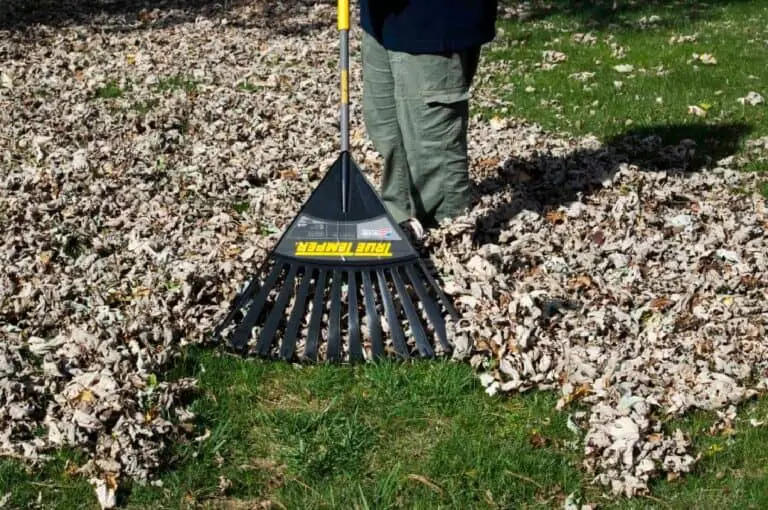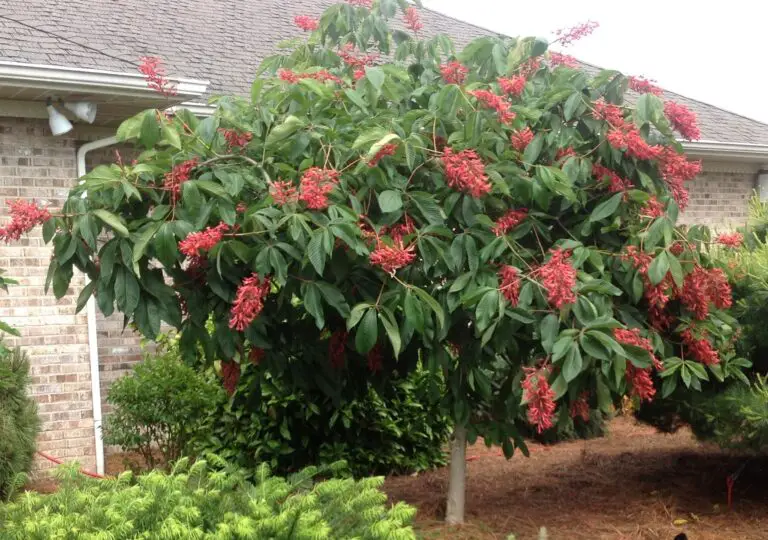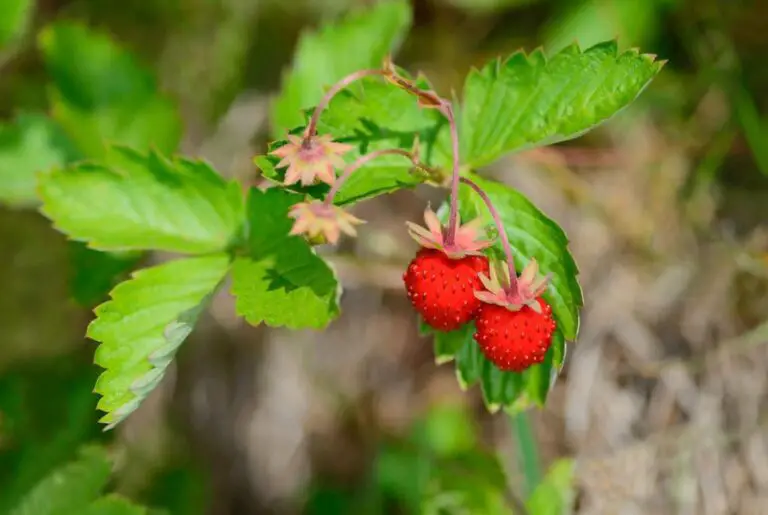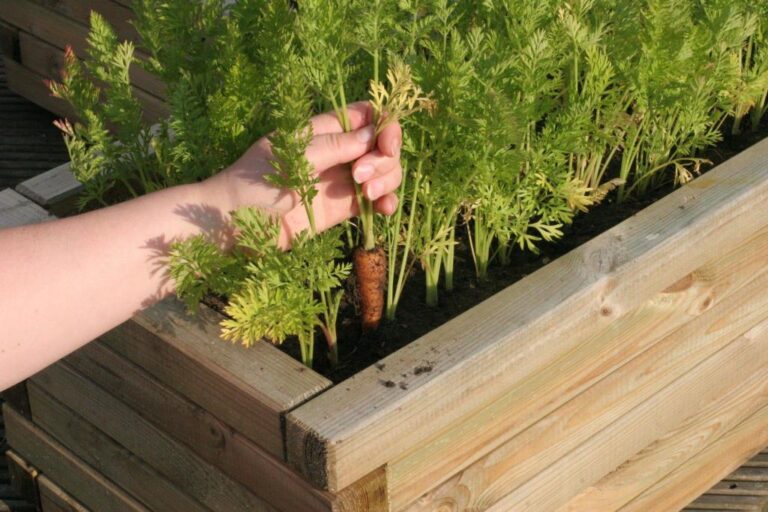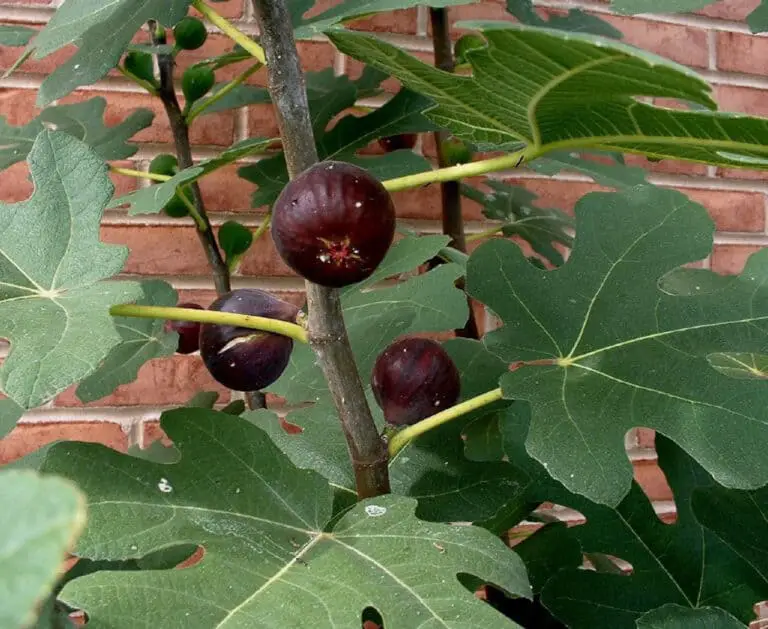Stromanthe Triostar: Plant Care and Growing Guide
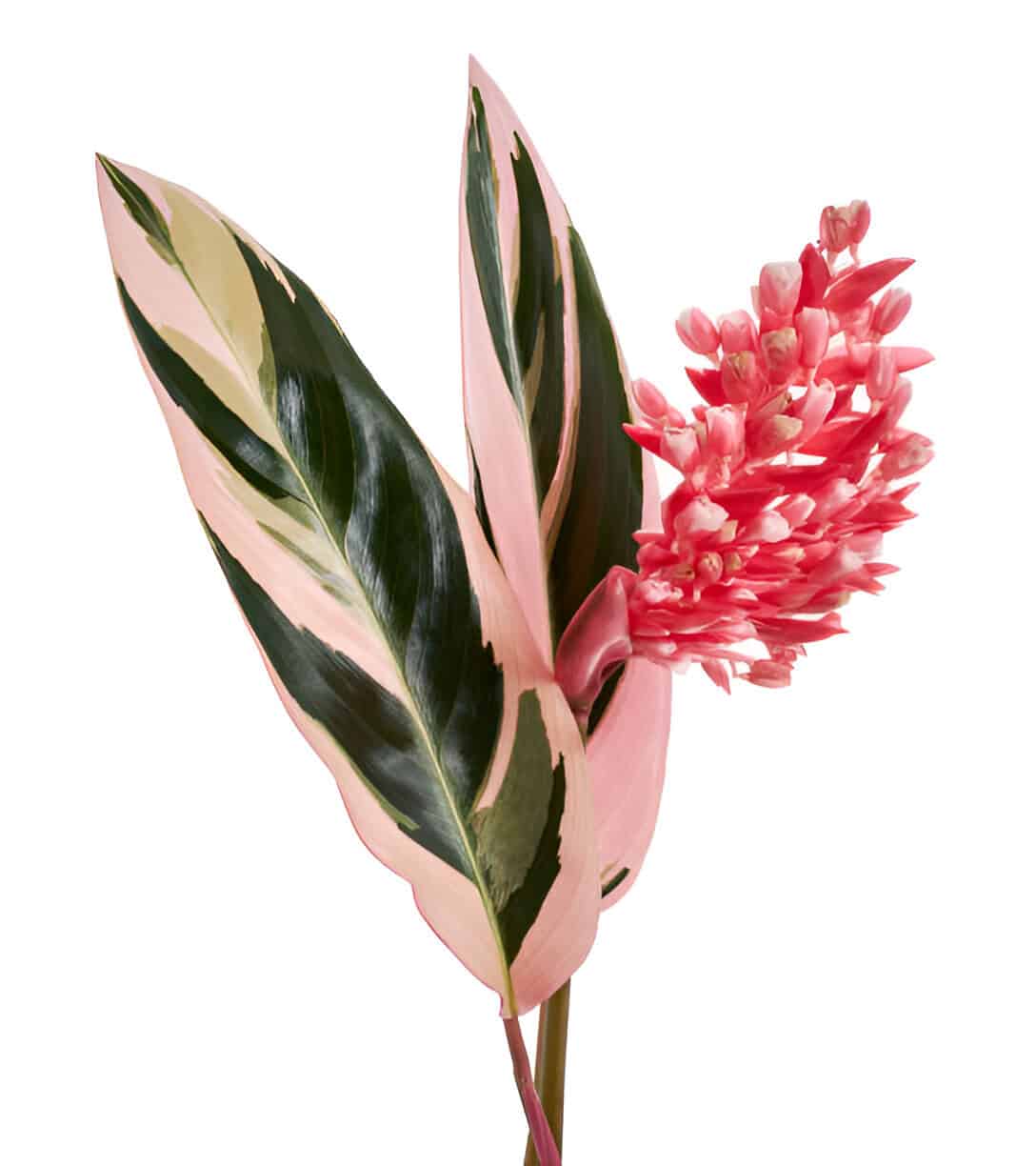
The first time I saw a Stromanthe Triostar, I stopped in my tracks. Its leaves looked hand-painted, with shades of pink, cream, and green blending together like a piece of living art. Its leaves appeared hand-painted, blending pink, cream, and green like living art. But as gorgeous as it is, I quickly realized this plant comes with a personality of its own. It’s not fussy in the dramatic way some plants can be, but it does have a few non-negotiables if you want it to thrive.
That’s why I put together this guide: to share what I’ve learned about keeping a Triostar happy. From its love of humidity to the kind of light that makes its colors pop, I’ll walk you through everything step by step. With the right care, this beauty will easily become the star of your collection.
Introduction to Stromanthe Triostar
Stromanthe Triostar plants are eye-catching. Their leaves display vibrant red, white, and green colors.The plant delights both beginners and experienced houseplant owners. Its lovely leaves and year-round growth make it a great choice.
This houseplant responds not only to care but also to light throughout the day. Its reaction changes with the time, adding to its tropical vibe.
To grow a Stromanthe Triostar keep in mind the following:
- Water it once a week to keep the soil moist. Avoid too much water which could make the soil soggy. Mist the leaves regularly to boost humidity.
- Provide indirect bright light.
- Stromanthe Triostar Plants prefer temperatures between 65ºF and 80ºF (18.3ºC-26.6ºC).
- They require well-drained, aerated, and fertile soil to thrive.
Stromanthe Triostar Plants are a massive challenge to beginners; they are likely to cause panic. The plants’ sensual nature may confuse expert growers. They react quickly to even small changes in their environment.
Let us look at the specific conditions you should provide to your Stromanthe Triostar plants so that they can thrive at home or in the office environment. Let’s begin.
Basic Care Guidelines for Stromanthe Triostar Plants
Watering
Water more often when it’s hot and windy. This is important because evaporation happens quickly. Because of root rot and other damages caused by soggy soil, allow the top layer of your soil to dry before watering again.
Reduce the amount of water and frequency of watering during winter. Allow the soil to remain dry for more days because the inside will still be moist before watering again. However, you must consider the heat and humidity conditions indoors because they could leave the soil completely dry, causing your Triostar plant to wither.
The soil moisture should imitate the native jungle of Brazil, where it contains a lot of humus that facilitates sufficient drainage. Use a big pot that has enough soil. This will help the plant get the nutrients it needs, even with better drainage. Without enough water, this member of the prayer plant family will fold the leaves permanently and eventually wilt.
Humidity
Humidity is vital for Stromanthe Triostar Plants, which thrive in the lush Brazilian forest. Adequate humidity is not only necessary for the health of the leaves but will also boost their appearance. The showy foliage will be dusty and rusty if you do not provide sufficient humidity.
Triostars require high humidity levels that might force you to mist the plant every other day. When the air is too dry, the leaves will fold or appear like scrap metal. The leaves will make a lot of sharp pitched noise when they fold if the air is too dry.
Mist the leaves regularly to cover for moisture needs throughout the week. A humidifier saves you time because it is automated and will guarantee constant humidity without your direct intervention. The provision of necessary humidity will not be a trial-and-error issue but will be done with greater certainty.
Stromanthe Triostar Plants also love grouping. It helps them to trap sufficient humidity around the foliage that will save you the trouble of misting. Grouping helps to imitate the canopies of the tropical Brazilian forests that are heavily humid throughout the year.
A tray with water and pebbles is also a humidifying alternative when dealing with Stromanthe Triostar Plants. This trick is helpful for single plants when grouping isn’t an option. It also saves money on a humidifier. Through natural evaporation, the air will be sufficiently moist, guaranteeing healthy and elegant leaves.
Soil
The best potting mix for Triostar plants is light and well-drained. However, this soil should hold substantial moisture and nutrients to support the robust growth of the foliage. Proper drainage ensures that the soil does not get soggy and ends up causing root rot.
To get the best soil mix for your Triostar plant, add peaty house plant soil and perlite. This will make the soil fluffy. It will allow sufficient drainage while still holding moisture and nutrients for the roots.
Despite the roots not being robust, they do require a lot of food to support the thick foliage. You can, therefore, enrich the soil using humus and other organic materials.
Drainage, watering, and fertilization will affect the quality of the soil after several months of potting. If the soil does not drain sufficiently, chemicals in water and the fertilizer used will be retained in the soil. To keep your soil healthy for plants, make sure it drains well. Also, use filtered water and liquid fertilizer.
Light
How much Lighting Does the Stromanthe Triostar Plant require?
Triostar plants thrive in tropical forests. They need medium, indirect light to grow well. Still, it is worth noting that the plant is one of the most sensitive houseplant varieties when talking about light. The color of the leaves and whether they are open or folded will depend on the amount of light you provide.
The plant’s leaves can burn when exposed to direct sunshine easily. Unfortunately, it is impossible to reverse the damage done by exposure to direct light: therefore, you’ll end up losing the plant. Too much light will also cause your plant to lose the magnificent appeal on the leaves, leaving you with shapeless and dry-looking leaves.
Place your plant near the east-facing window but approximately 4 feet away from the window. If you have a north-facing window, it could be another superb position for your plant. Little or no light will be as disastrous as too much light. In other words, calling for a perfect balance regarding light exposure is vital.
Stromanthe Triostar plants act differently depending on the light they get. This can confuse plant owners. Variegated varieties, which are usually most of them, will lose their color. The plant has found a clever way to soak up light. It turns throughout the day and folds its leaves to absorb even more sunlight.
The Stromanthe Triostar Plant is adaptable, making it a tricky houseplant. This can confuse even seasoned plant owners. It also enables the plant to maintain variegation even in dim light. The best trick to master lighting is to observe the health of your plant and constantly adjust along with the plant needs.
Temperature
Stromanthe Triostar plants thrive in medium temperatures between 65ºF and 80ºF (18.3ºC- 26.6ºC). The temperatures may fall during the night but should not go below 60ºF (15.5ºC). Remember that temperature will affect humidity as well as soil moisture.
Air conditioning systems can interfere with temperature and humidity around Triostar plants. Such drastic changes might interfere with their normal growth. Therefore, keep away the plant from air conditioning ducts, primarily because of the drafts generated by these systems.
Monitor indoor temperatures and conditions, especially during winter. The season requires reduced watering and misting. Keeping high indoor temperatures with air conditioning requires more water and humidity for the plant than if it were growing outdoors.
This is a delicate plant that you are likely to lose because of temperature mistakes.
Advanced Care for Stromanthe Triostar Plant
A Stromanthe Triostar plant can adapt to many conditions you give it. It only dies under extreme neglect. However, if you provide the perfect environment, your plant will thrive into an indoor spectacle.
Here is a guide on advanced care procedures that will guarantee the best Stromanthe Triostar plant. Let’s go.
Fertilization
Stromanthe Triostar plants are heavy feeders. They require fertilizer once a month in spring and summer. They also require reduced quantities during winter. Use liquid fertilizer diluted to half-strength to avoid overfeeding the plant. Remember to cut fertilization by half during the winter season.
Humus and compost are the other alternatives because of the organic matter it provides to the soil. The manure helps to improve aeration, drainage, and nutrient variety in the soil. It will also protect your soil from damage by chemicals and in the process, reduce the need for repotting.
Pruning
Stromanthe Triostar plants are robust growers that will require continuous pruning. This caring task is also necessary to get rid of old and dying leaves to maintain the beauty of your plant. Pruning should also be done to eliminate sick or pest-infested leaves.
Pruning can be done at any time of the year, especially when you wish to promote the beauty of your plant. However, the best time to prune is during spring and summer when the plant is at its most robust stage of growth with zero chances of drying.
Cut the leaves at the base using a sharp knife to ease healing and hasten recovery. While at it, do not remove more than 30% of the leaves at a time. This consideration will protect the plant from drying.
Repotting
Repotting is necessary when the roots have outgrown the current pot, or when you need to enhance the quality of the soil.You don’t need a big container for the plant, even when the leaves are fully grown. Its weight, height, and growth habits allow for smaller pots.
Use the repotting moment to eliminate soggy or chemical-laden soil. The best time to repot is during spring or early summer when the foliage is thriving. Provide sufficient moisture and fertile soil to hasten recovery after repotting. Also, remove the old leaves because they might dry and affect the beauty of your plant.
Propagation
Stromanthe Triostar plants are best propagated through division. The best time is during spring and early summer. It is useful and will reduce shock when done during repotting to avoid double shock within a short duration.
Divide the roots and pick on the youngest shoots or remove the old leaves. Place the smaller shoots or buds in a new container with humus-enriched soil. It will take two to three weeks for the plant to recover and begin producing new buds. Warm air, moist soil, and fertile nutrient composition will speed up recovery as well as growth after propagation.
Check out: Soil Secrets for Succulent Propagation
Pest Prevention
The high humidity requirements by Stromanthe Triostar plants encourage fungal diseases. Moreover, the bushy growth habit encourages some of the pests to hide. The best solution is to wipe the leaves every time you mist them to protect them from too much water.
Pruning also promotes air circulation, which helps to keep the leaves dry. Misting and wiping will also remove the mites and bugs that may perch on the leaves. Ensure that your soil drains sufficiently to prevent root rot.
Companion Plants
Ferns are great for the Stromanthe Triostar Plant. The Staghorn Fern, for example, can handle various light levels, water, and humidity. Staghorns have aerial roots that hang from their blades. These roots help humidify the dry air around them. This creates a healthy environment for Stromanthe Triostar plants to thrive. Gardenias or Aucubas also make great companions to Stromanthe Plants because they require similar humidity levels.
Frequently Asked Questions About Stromanthe Triostar Plant
Why is my Stromanthe Triostar plant dropping?
There are several reasons to explain why your Stromanthe Triostar might be drooping. You could have soaked the plant in water or denied it sufficient water if the soil is too dry, water the plant and monitor its recovery within a few days. Where the soil is too wet, make provision for drainage or repotting if the season is right. Do not give up on the plant so fast because it usually shows a lot of resilience.
Why is my Stromanthe Triostar turning brown or yellow?
The most common problem is soil moisture and overwatering in specific. The yellowing or brown coloration is the early sign of root rot. Drain the water or repot the plant to address the soil moisture issues.
Is Stromanthe Triostar poisonous to cats and dogs?
The plant is safe for your cats and dogs or any other pets in the house. To sweeten the deal, the plant is an excellent natural air purifier that will leave your indoors healthier. All you need is to provide enough soil moisture, humidity, and light.
Is Stromanthe a Calathea?
The two plants belong to the same family but a different genus. It explains why they share so many characteristics and growth requirements. So, how can you distinguish a Stromanthe from a Calathea?
The Stromanthe has a slimmer oval-shaped leaf than the Calathea, whose leaves are can also be wider. The leaf patterns on the Triostar create an appealing contrast between pink-red tones that make for great accents amidst other shades.
Does Stromanthe Triostar produce flowers?
In winter or early spring, this plant shows off lovely white or pink flowers. They grow within bright orange, tube-shaped bracts.
If you want a low-maintenance plant that adds beauty to your space, this is it. The Stromanthe Triostar will add some natural green and life to any room with just enough sunlight. Plus, it doesn’t require much care! Share our blog post with friends who are interested in gardening so they can enjoy all of these benefits too.


